Understanding dashboard warning lights in your MG GS is essential for maintaining vehicle safety and preventing costly repairs. These indicators alert you to potential issues ranging from minor system activations to critical failures that could lead to breakdowns or accidents.
By recognizing and responding promptly, you can ensure smooth operation, avoid roadside emergencies, and extend the life of your car.
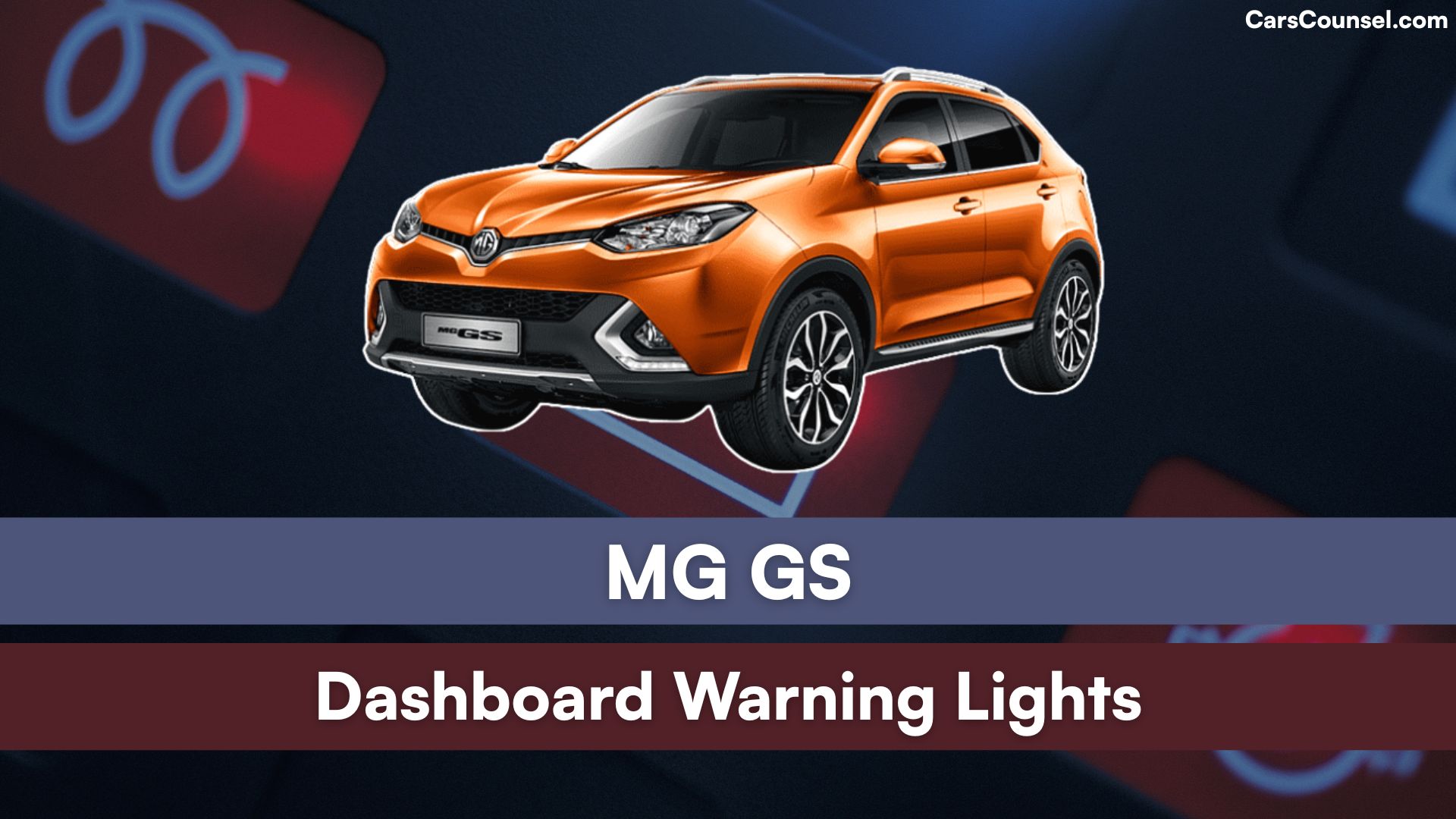
Quick Navigation
Red Warning Lights (Stop Immediately)
These lights signal serious problems that require you to pull over safely and stop driving right away to avoid damage or danger.
Engine Oil Pressure
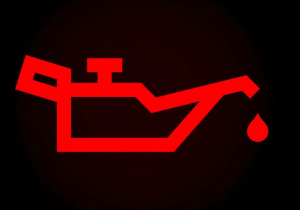
Low oil pressure can cause engine damage from lack of lubrication. Possible causes include low oil level or a pump fault. Stop the car, check the oil, and add more if needed; do not drive until fixed.
Brake System Alert
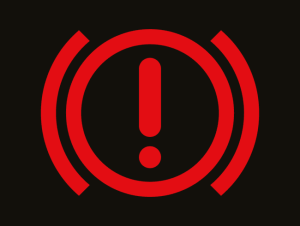
This warns of issues like low brake fluid or a hydraulic problem. It might mean reduced braking power. Park safely and call a mechanic for inspection.
Coolant Temperature
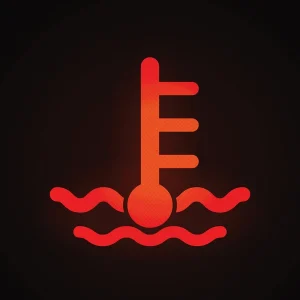
High engine temperature could lead to overheating and severe damage. Causes include low coolant or a faulty thermostat. Stop immediately, let the engine cool, and check coolant levels.
Battery Charge
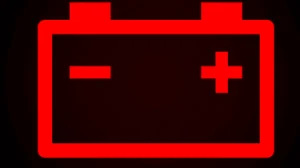
The battery isn’t charging properly, possibly due to a faulty alternator. This can cause the car to stall. Stop and seek help to check the charging system.
Airbag System

A fault in the airbag setup means it might not deploy in a crash. Common causes are sensor issues. Stop and have it serviced at a center.
Power Steering Failure

Loss of power steering makes turning hard and unsafe. It could be from low fluid or electrical failure. Pull over and contact a service center.
Seatbelt Reminder

Unfastened seatbelts increase injury risk in accidents. It reminds you or passengers to buckle up. Stop and ensure all belts are secured.
ABS Fault
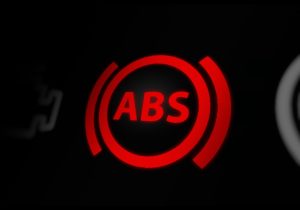
Anti-lock braking system isn’t working, risking wheel lockup during hard stops. Causes include sensor damage. Stop and get it checked.
Transmission Overheat
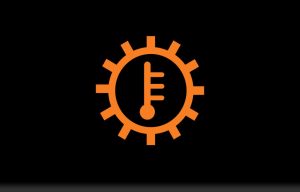
The transmission is too hot, possibly from heavy use or low fluid. This can damage gears. Stop, let it cool, and inspect fluid levels.
Tyre Pressure Critical
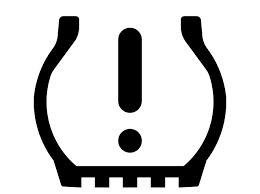
Extremely low tyre pressure can cause blowouts or poor handling. Check all tyres and inflate to recommended levels; stop driving if unsafe.
Door Ajar Alert
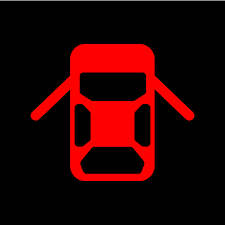
A door isn’t fully closed, which could open while driving. Pull over and secure all doors.
Brake Fluid Low
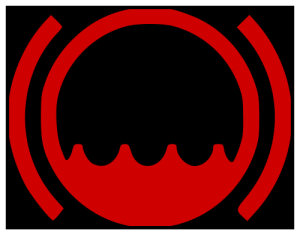
Low brake fluid levels reduce stopping power. Top up fluid and check for leaks; stop immediately.
Engine Overheat
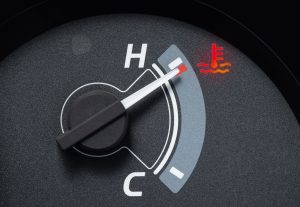
Engine is overheating, risking permanent damage. Causes include coolant leaks. Stop and allow cooling before proceeding.
Emergency Brake Engaged
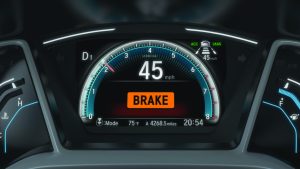
Handbrake is on while driving, causing drag and wear. Release it and stop if needed.
Yellow/Amber Warning Lights (Action Required Soon)
These indicate issues that need attention soon but don’t require immediate stopping; address them to prevent escalation.
Check Engine
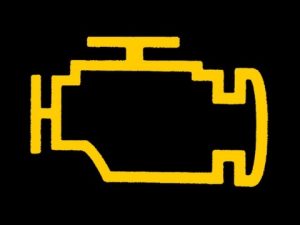
General engine issue, like a sensor fault or emissions problem. It reduces performance. Visit a service center for diagnostics soon.
ESP Stability Control
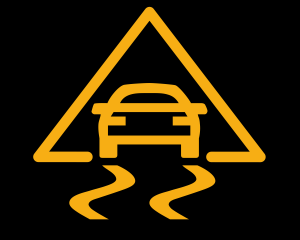
Electronic stability program is faulty or intervening. It helps with traction. Have it checked if it stays on.
DPF Filter
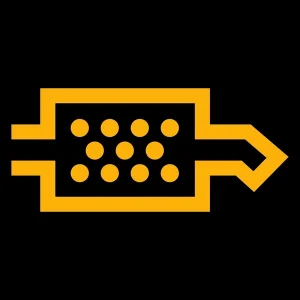
Diesel particulate filter is clogged with soot. Drive at higher speeds to regenerate or visit a service center.
Glow Plug

For diesel engines, plugs are heating or faulty. Wait for it to go off before starting; service if persistent.
Service Reminder
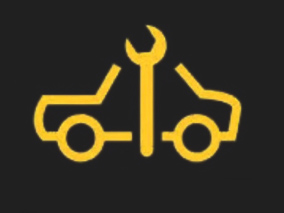
Vehicle is due for routine maintenance like oil change. Schedule a service appointment.
Transmission Fault
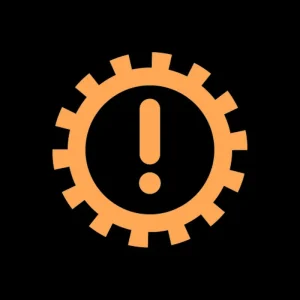
Minor transmission issue, like sensor error. It may cause rough shifting. Get it inspected soon.
ABS Warning
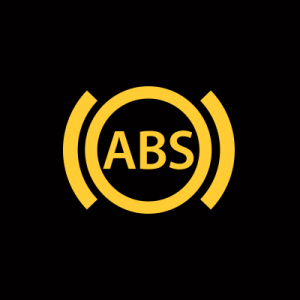
ABS system needs attention but brakes still work. Sensor or module issue. Service promptly.
Brake Pad Wear

Brake pads are thin and need replacement. Inspect and replace to avoid rotor damage.
Fuel Level Low
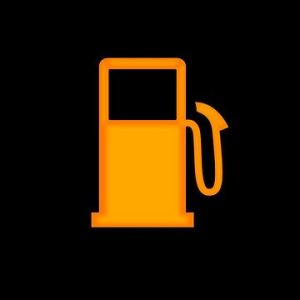
Fuel is running out. Refuel at the next station to avoid stranding.
Eco Mode Alert
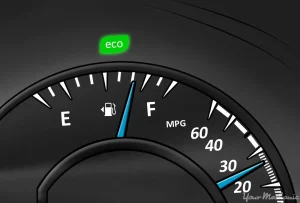
Eco driving mode is active but may need adjustment. No action unless it indicates a fault.
Green Information Lights (Information Only)
These show active systems or normal operations; no action is typically needed.
Headlights On
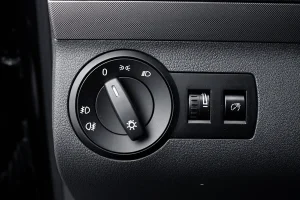
Main headlights are activated for better visibility. No action required.
Cruise Control Active
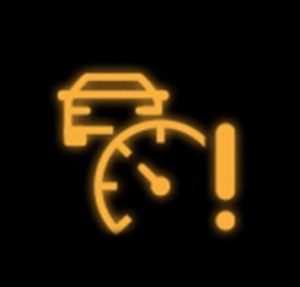
Cruise control is set and maintaining speed. Adjust as needed.
Turn Signals
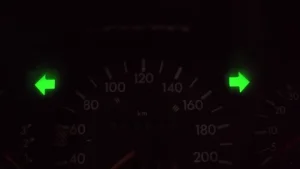
Indicators are flashing for turning. They turn off after the maneuver.
High Beam

High beam lights are on. Dim them for oncoming traffic.
Fog Lights Front
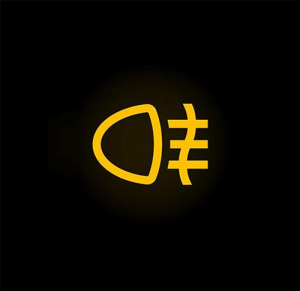
Front fog lights are active for poor visibility. Turn off when not needed.
Fog Lights Rear

Rear fog lights are on. Use in heavy fog only.
Parking Lights

Sidelights are illuminated. Standard for low-light parking.
Hazard Lights

Hazard flashers are on for emergencies. Turn off when safe.
Rain Sensor Active

Automatic wipers are detecting rain. No manual adjustment needed.
Winter Mode

Traction mode for snow or ice is engaged. Improves grip.
Lane Assist On
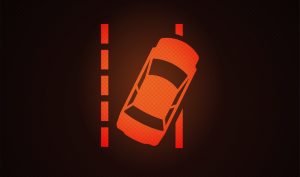
Lane keeping system is active. Helps stay in lane.
Information Display
General info like trip data is shown. Review as desired.

